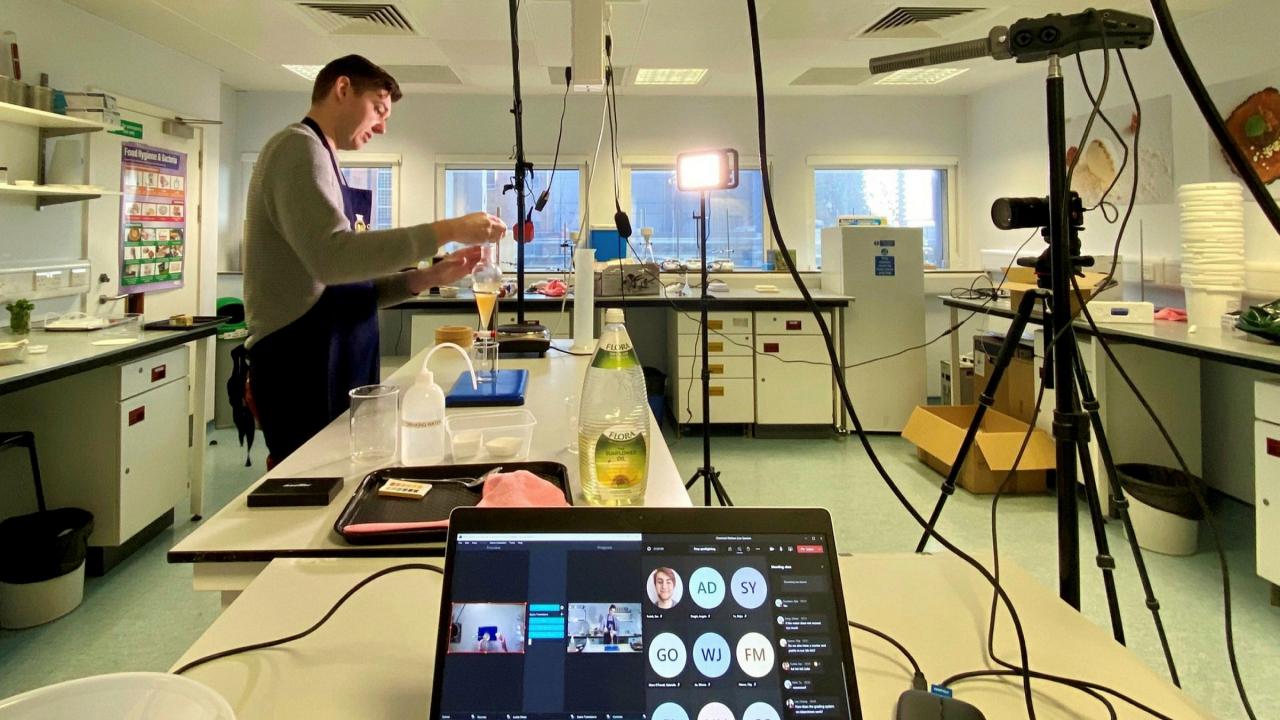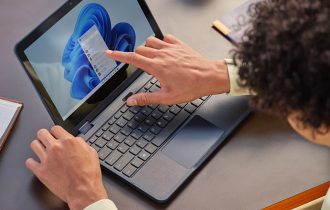Balancing Online and In-person Classes in Hybrid Learning

As the educational landscape continues to evolve, schools and educators worldwide are striving to balance traditional classroom teaching with online instruction. Hybrid learning, as this model is commonly referred to, offers the advantages of both mediums. Albert Einstein once said, “Education is not the learning of facts, but the training of the mind to think.” With this ethos in mind, hybrid learning aims to adapt to the needs of every student, facilitating the most effective methods of knowledge acquisition.
Demystifying Hybrid Learning
Hybrid learning combines the immersive, interactive experience of in-person teaching with the flexibility and accessibility of online learning. This fusion is designed to cater to diverse learning styles, offering a more inclusive and adaptive approach to education.
Take the case of Stanford University, for example. When faced with the need to shift to remote learning due to the COVID-19 pandemic, they adopted a hybrid model. Students who were able to return to campus participated in face-to-face classes while also engaging in online components. Those who could not return had the opportunity to participate fully online, ensuring continuity in their education.
Leveraging Technology to Enhance Learning
The success of hybrid learning largely depends on the effective use of technology. Digital platforms and tools such as Learning Management Systems (LMS), virtual classrooms, and collaborative software are key elements in the implementation of hybrid learning.
For instance, a platform like Microsoft Teams has proved to be an invaluable tool in hybrid classrooms. It allows for seamless communication, collaboration, and file sharing between teachers and students, replicating the interactive nature of a physical classroom in a virtual setting. The use of such tools ensures that the learning experience remains engaging and effective, irrespective of the medium.
The words of Jaime Casap, Google’s Global Education Evangelist, resonate well with this: “Technology in education is not the future – it’s now. It’s about making learning better for students.”
Navigating the Challenges of Hybrid Learning
Despite its benefits, hybrid learning does come with its unique set of challenges. Balancing the dynamic of online and in-person classes, ensuring students have equal access to technology, and maintaining the quality of education across both platforms are among the major concerns.
To address these issues, it’s crucial to provide necessary technical support to students and teachers alike, maintain regular communication, and employ methods to keep students engaged and motivated. As former Secretary of Education Arne Duncan once said, “Education is the most powerful weapon which you can use to change the world.” It’s our responsibility to ensure that this weapon is as sharp and effective as possible, regardless of the learning medium.
Shaping the Future of Education with Hybrid Learning
Looking ahead, hybrid learning is set to play a significant role in shaping the future of education. Its ability to blend the best of online and in-person instruction paves the way for a more flexible, inclusive, and personalized learning experience.
In conclusion, balancing online and in-person classes in hybrid learning presents an exciting challenge. It’s an opportunity to redefine traditional teaching methods, embrace the advantages of technology, and tailor education to the unique needs of each learner. With careful planning, effective use of technology, and an unwavering commitment to quality education, we can strike the perfect balance in hybrid learning, shaping a future where education is more accessible and adaptive than ever before.


